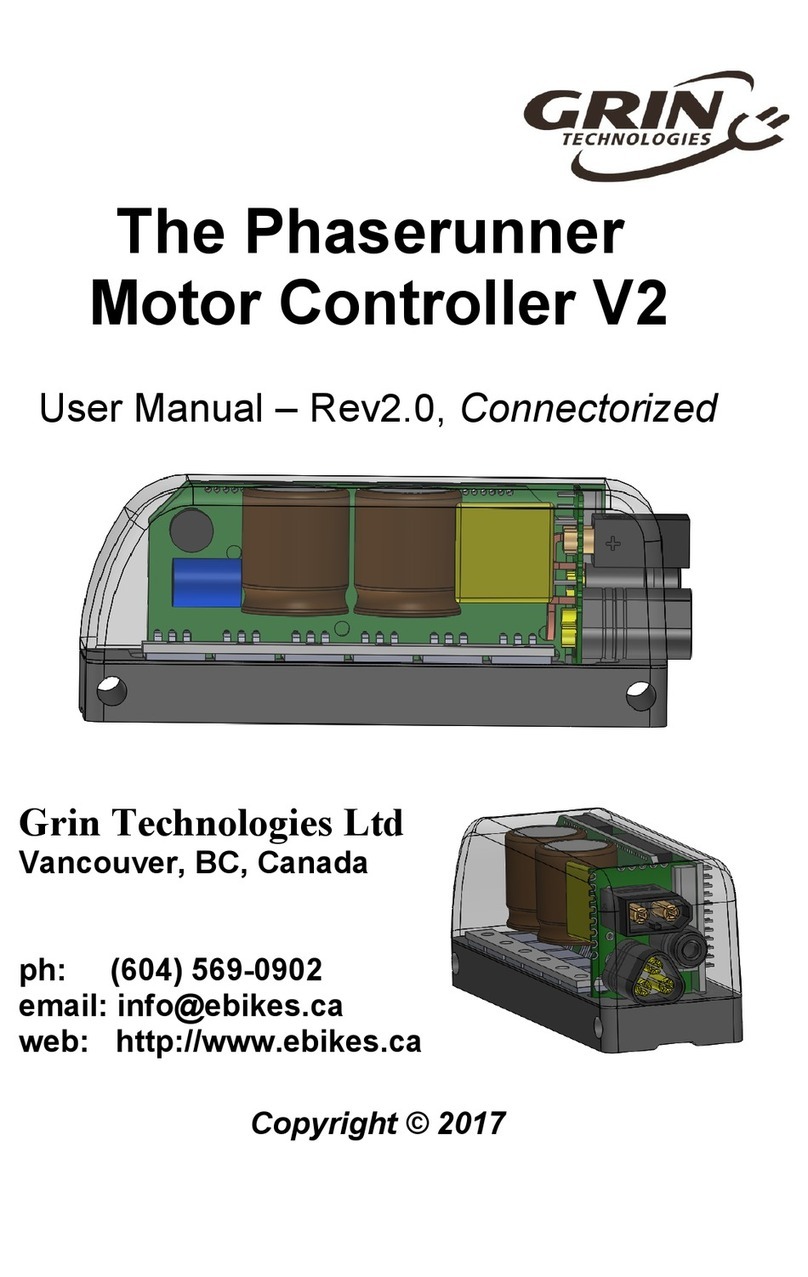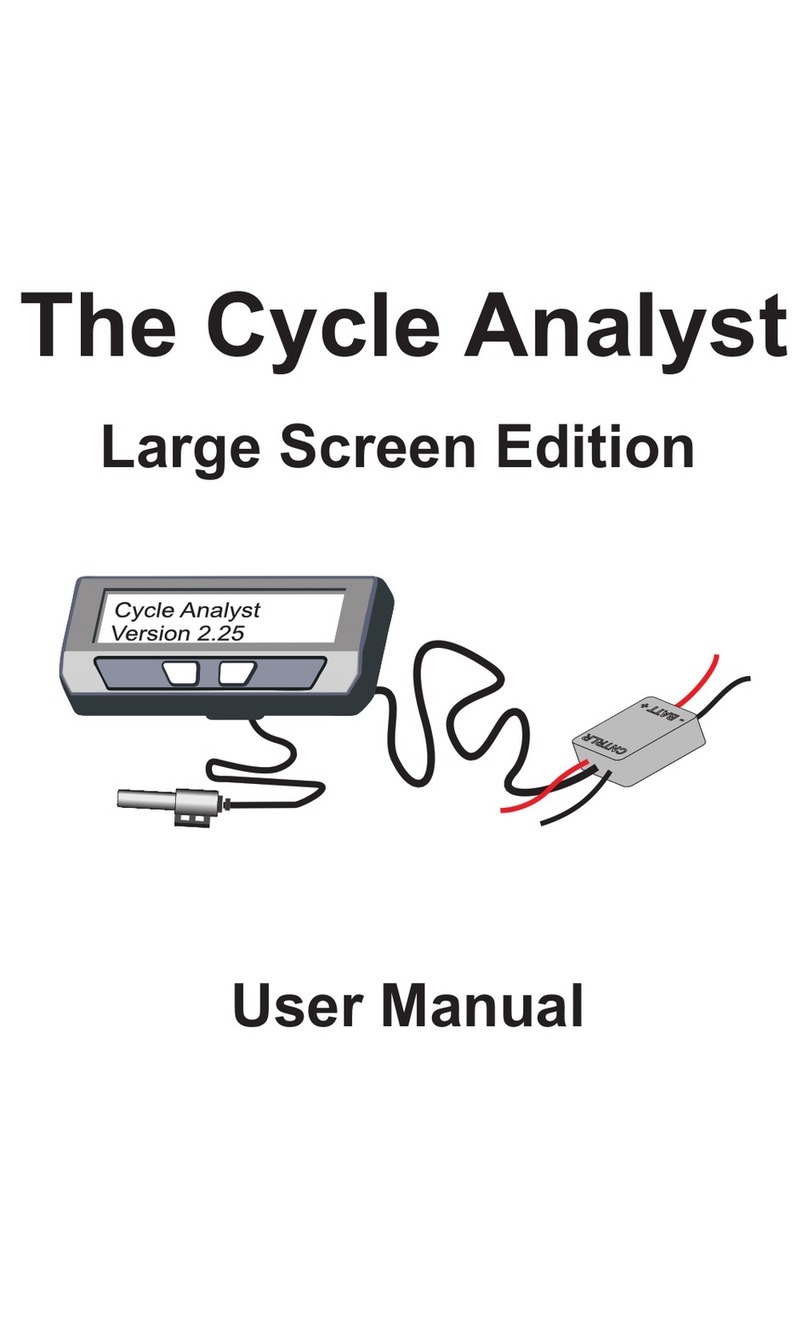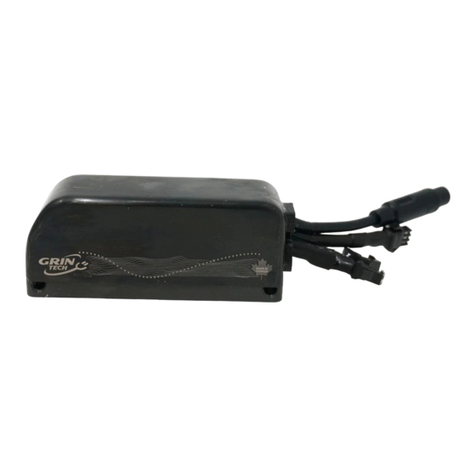
Superharness User Manual
Rev P3
1 Introduction....................................................................1
2 Connectors......................................................................2
2.1 Front Signal Plugs...................................................................................2
2.2 DC Light Plugs........................................................................................3
2.3 Mains Signals Plug..................................................................................3
2.4 Programming Port..................................................................................3
3 Control Functionality....................................................4
3.1 Standard Throttle...................................................................................4
3.2 Bidirectional Throttle ............................................................................5
3.3 Digital brake Control...........................................................................5
3.4 Analog brake Control..........................................................................6
4 Display Options..............................................................7
5 DC Light Ports...............................................................
5.1 Front Port.................................................................................................8
5.2 Rear Port..................................................................................................9
6 Installation...................................................................10
7 Setup and Configuration Mode...................................11
7.1 ntering Setup Mode...........................................................................11
7.2 Configuring Front Light Port..............................................................11
7.3 Configuring Rear Light Port...............................................................11
7.4 Configuring Digital brake Behavior.................................................12
Additional Details.........................................................12
8.1 Minimum Throttle Current.................................................................12
8.2 Running Without a Throttle................................................................13
8.3 Regen with Dual Throttles...................................................................13
8.4 Multiple Regen Modes..........................................................................13
8.5 L D Fault Codes...................................................................................14
9 Specifications...............................................................15
9.1 lectrical...............................................................................................15
9.2 Mechanical............................................................................................15






























